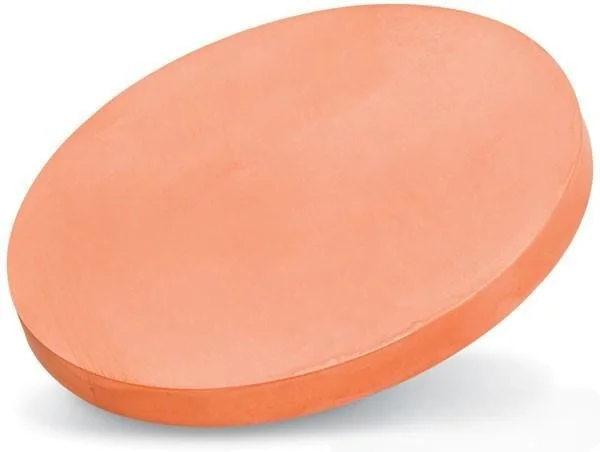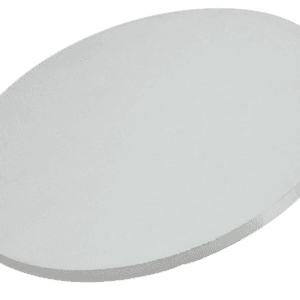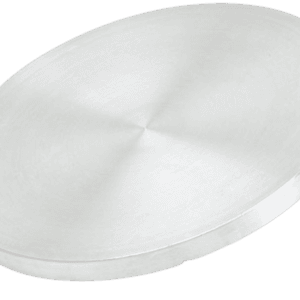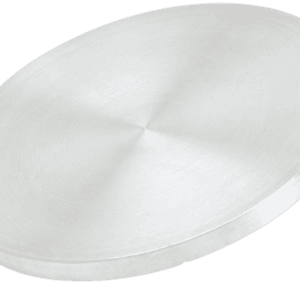Zinc Copper Sputtering Target
Introduction
The Zinc Copper Sputtering Target is an essential material in thin film deposition, valued for its unique combination of zinc’s corrosion resistance and copper’s electrical and thermal conductivity. By integrating these two metals, the target offers superior film properties that are highly suitable for applications in semiconductors, transparent conductive coatings, decorative layers, and energy devices.
Detailed Description
Our Zinc Copper Sputtering Target is manufactured with strict control over composition, density, and purity to ensure stable deposition rates and consistent film performance. The alloy is typically prepared by vacuum melting or powder metallurgy, resulting in a target with fine microstructure and minimal defects.
Purity: Typically available at 99.9% or higher, minimizing contamination in sensitive thin film applications.
Composition Control: Zinc and copper content can be precisely tailored to achieve desired electrical and optical properties.
Bonding Options: Backing plates such as copper or titanium can be applied for improved heat dissipation and mechanical stability during high-power sputtering.
Surface Finish: Precision machining ensures a smooth surface to reduce arcing and particle generation in the sputtering process.
These design features help optimize the deposition of uniform thin films with excellent adhesion and performance characteristics.
Applications
The Zinc Copper Sputtering Target is widely used across various industries, including:
Semiconductor fabrication – conductive and barrier layers.
Transparent conductive films – coatings for displays, touch panels, and solar cells.
Optical coatings – anti-reflective or decorative layers.
Decorative coatings – jewelry, hardware, and consumer electronics.
Energy storage and conversion – electrodes for advanced battery and fuel cell technologies.
Technical Parameters
| Parameter | Typical Value / Range | Importance |
|---|---|---|
| Purity | 99.9% – 99.99% | Reduces impurities in films |
| Composition | Zn-Cu alloy (customizable) | Adjusts electrical & optical properties |
| Diameter | 25 – 300 mm (custom sizes) | Matches sputtering systems |
| Thickness | 3 – 10 mm | Affects sputtering stability |
| Bonding | Copper / Titanium backing | Improves heat transfer & target life |
Comparison with Related Materials
| Material | Key Advantage | Typical Application |
|---|---|---|
| Zinc Copper (Zn-Cu) | Balanced conductivity & corrosion resistance | Transparent conductive & decorative coatings |
| Pure Zinc | High corrosion resistance | Protective coatings |
| Pure Copper | Excellent conductivity | Semiconductor interconnects |
| Zinc Aluminum | Strong adhesion & barrier properties | Architectural coatings |
FAQ
| Question | Answer |
|---|---|
| Can the composition of Zinc Copper Sputtering Targets be customized? | Yes, Zn:Cu ratios can be tailored for specific film properties. |
| What bonding options are available? | Targets can be bonded to copper or titanium backing plates. |
| What is the typical delivery time? | Usually 3–4 weeks, depending on order size and customization. |
| How are targets packaged? | Vacuum-sealed with protective foam, shipped in export-safe cartons or crates. |
| Which industries benefit most from this product? | Semiconductor, display technology, optics, decorative coatings, and renewable energy. |
Packaging
Each Zinc Copper Sputtering Target is vacuum-sealed to prevent oxidation and surface contamination. External labeling includes purity, composition, and lot numbers for quality traceability. Heavy-duty cartons or wooden crates ensure safe handling and international shipping.
Conclusion
The Zinc Copper Sputtering Target combines the strengths of zinc and copper, delivering excellent thin film properties for high-performance applications. With customizable sizes, compositions, and bonding options, it is a reliable solution for researchers and industrial manufacturers alike.
For detailed specifications and a quotation, please contact us at [sales@thinfilmmaterials.com].





Reviews
There are no reviews yet.